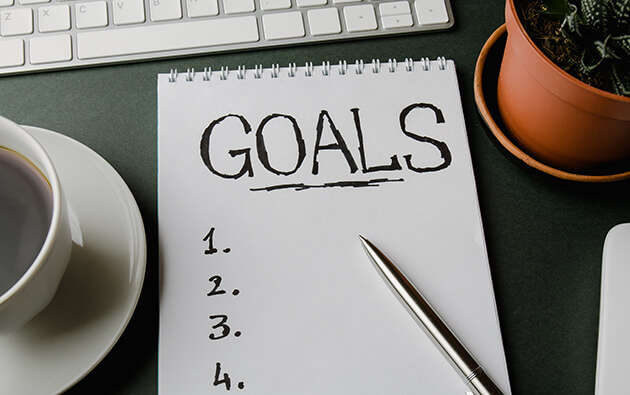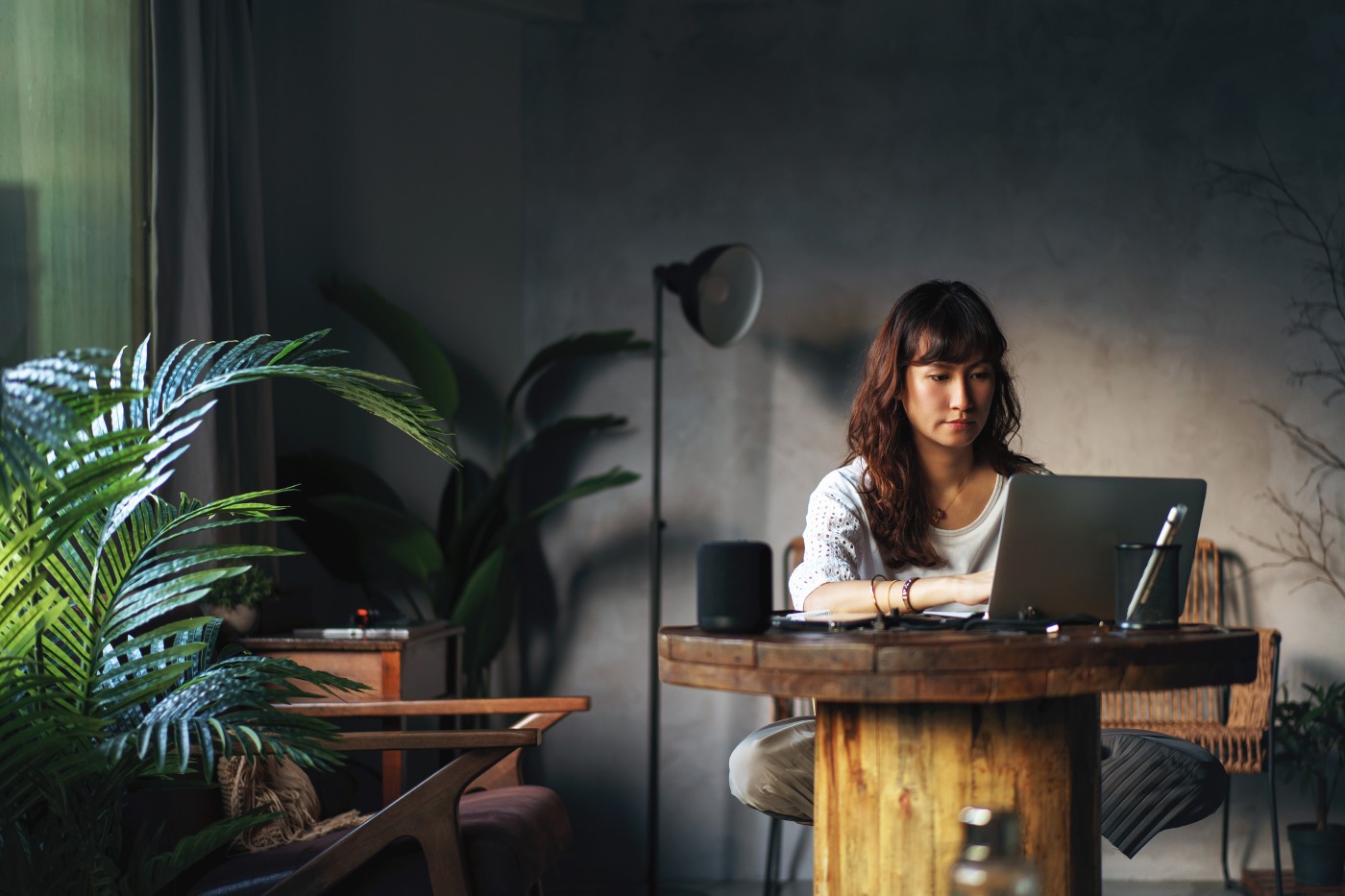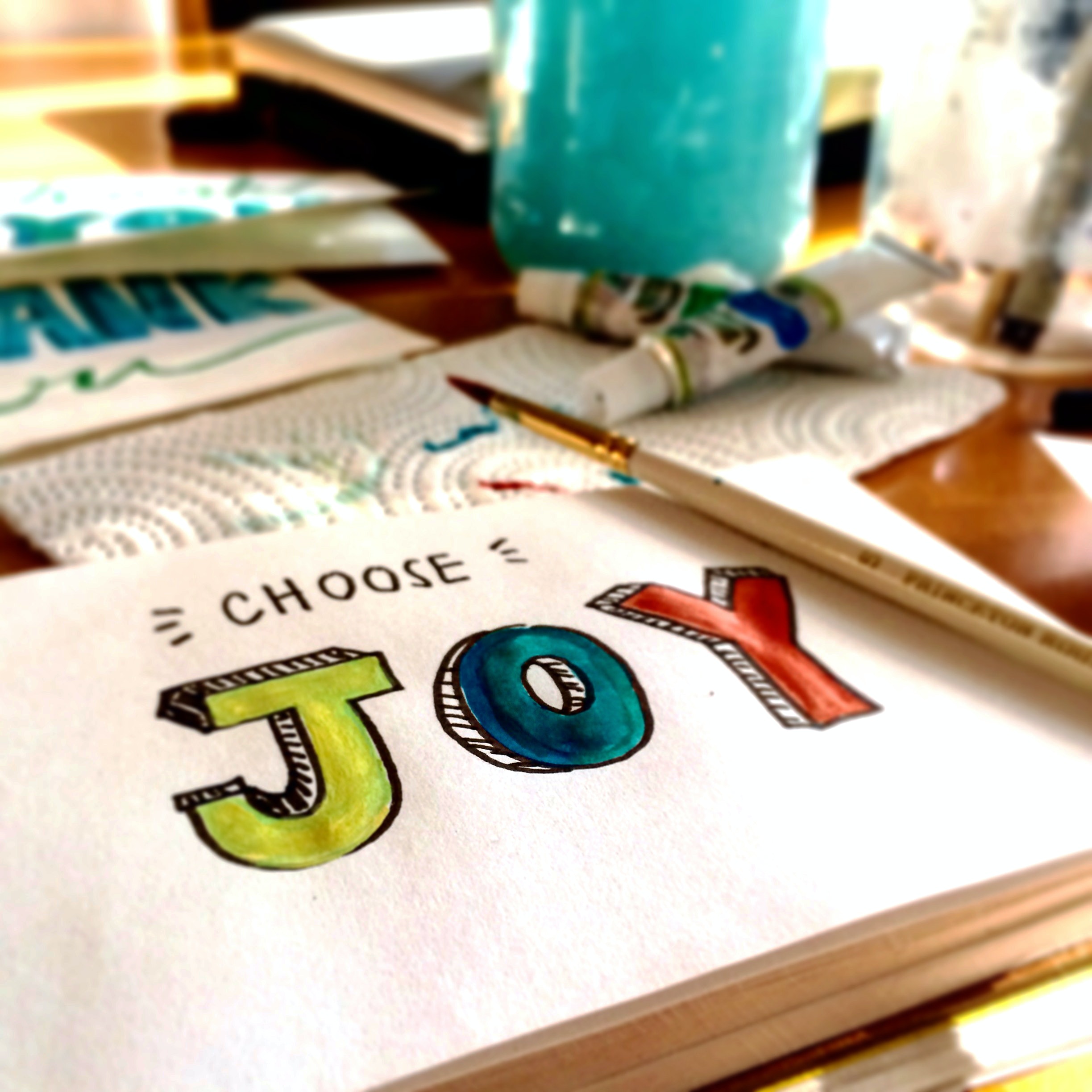
We all need time to relax and unwind, but it’s easy to get caught up in the digital world. When we’re busy with work, home life, and other responsibilities, it’s tempting to check our phones or computers every few minutes. But what if you could spend some time away from your digital devices? What would happen?
Digital detox refers to a period of time during which individuals consciously reduce or eliminate their use of digital devices and technology. It can be a helpful practice for maintaining a healthy balance between the digital world and real-life experiences. Here are some strategies to help you with your digital detox:
Set specific goals
If you’re ready to detox yourself digitally, the first step is setting specific goals.

Determine the purpose and duration of your digital detox. Define what you hope to achieve during this time, whether it’s improving focus, reducing screen time, or reconnecting with loved ones. Keep in mind that there are no “right” answers here—you should set goals that are important to YOU.
Once you’ve determined the purpose of your digital detox, set a specific goal for each day of the week. For example, if you want to reduce screen time by half an hour per day, start by setting a goal of 15 minutes on Monday, 20 minutes on Tuesday and so forth until you reach your desired amount of screen-free time.
Start small
If you’re new to the idea of digital detoxing, it can be tempting to think that you need to go cold turkey. And while that may be an effective approach for some people, it’s important to remember that we all have different needs and goals—and that what works for one person may not work for another.
If you’re just starting out with digital detoxing, try starting small: instead of going completely offline for a day or two at first, set aside a few hours each day where you’ll be off of your phone or computer. That way, you can get used to the feeling without feeling like you’re missing too much.
Designate tech-free zones
Create physical spaces in your home or workplace where digital devices are not allowed. This can be your bedroom, dining table, or a specific room dedicated to relaxation.
Research has shown that being surrounded by screens can be harmful to our well-being. We have an innate need for face-to-face communication that is often overlooked when we’re spending time on our phones or computers. By creating designated spaces where we can disconnect from the world and connect with ourselves, we can start to bring balance back into our lives.
Establish boundaries
Set boundaries on your device usage. For example, you might choose not to use your phone during meals or within a specific time frame before bed. Stick to these boundaries to cultivate healthier habits.
The most important thing is to have a plan in place and stick to it. You can’t just set a boundary and then break it when it’s inconvenient—that’s not how boundaries work! If you’re going out for dinner with friends and want to use your phone, put it in airplane mode so that notifications don’t bother you during the meal. Or if you’re planning on staying up late to watch TV (and therefore be tempted by social media), turn off notifications so they don’t distract you while you’re relaxing or sleeping.
Unplug from social media
If you’re like most people, you probably spend a lot of time on your phone. And we’re not just talking about checking your email or sending a text—we mean scrolling through Instagram, watching YouTube videos, and playing games.
And while this kind of screen time can be fun, it’s important to remember that the digital world is only one part of your life. There are plenty of things happening offline that are just as important—and even better!
One way to start balancing your digital and non-digital lives is by unplugging from social media platforms for a few days every week or month. Consider taking a break from social media platforms or deleting certain apps from your phone. This can reduce distractions and help you focus on real-life interactions with friends, family members, pets… even strangers!
Find alternative activities
Taking a break from technology can be difficult, but it’s important to take care of yourself. To detox digitally, find alternative activities that don’t involve screens. You can discover and engage in activities that don’t involve screens, such as reading books or magazines, practicing a hobby, exercising outside, spending time in nature, or socializing face-to-face.

Try this for one week: every time you start to feel like you’re getting distracted by your phone or computer, take a break and do one of these activities instead! You’ll feel more relaxed and refreshed when you come back to your screen-based tasks.
Set notifications and alerts wisely
Adjust your device settings to limit notifications and alerts to only essential ones. This minimizes interruptions and helps you stay focused on the present.
Some apps might not be very helpful in this context. For example, if you use an app that tracks how many times you’ve opened it, or how many times you’ve unlocked your phone in a day—or even just an app that records how much time you spend on each app—you might want to consider removing it from your phone. Your goal is not to be more productive or efficient; your goal is to disconnect from technology enough that you can reconnect with yourself.
So, there you have it! You now know how to take a digital detox. By implementing these strategies, you can create a more mindful and intentional relationship with your digital devices.
Remember, a digital detox is meant to be a break and a reset. It’s not about permanently eliminating technology but rather finding a healthier balance. So go ahead, take some time off from your phone and enjoy the world around you!
RUCHI RATHOR Founder & CEO
Payomatix Technologies Pvt. Ltd.
FOUNDER AND INVESTOR | PAYMENTS PROCESSING EXPERT | MERCHANT ACCOUNT SOLUTIONS | WHITE LABELLED PAYMENT GATEWAY | Dreamer, Creator, Achiever, Constantly Evolving’
Website Ruchi Rathor: https://ruchirathor.com
Website Healing Heart https://thehealingheart.me/
Instagram https://www.instagram.com/ruchirathor/
LinkedIn https://www.linkedin.com/in/ruchirathor12/
Facebook https://www.facebook.com/ruchi.rathor.magnificient
Tumblr https://www.tumblr.com/blog/ruchirathor-thehealingheart
Medium https://medium.com/@ruchirathor_23436









